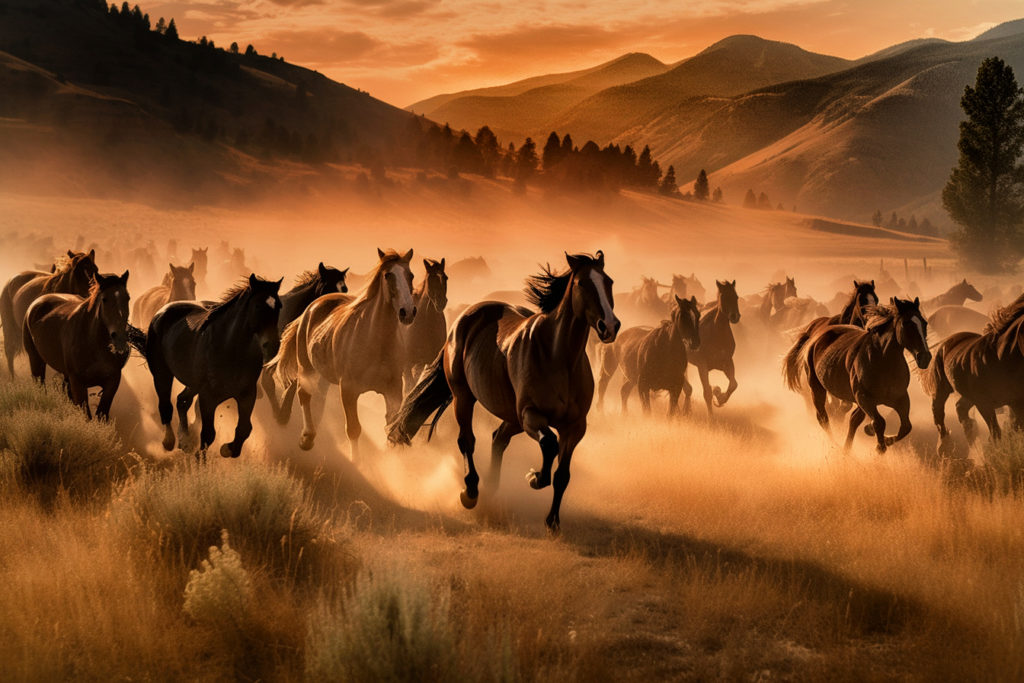THE ANSWER MAY SURPRISE YOU
Before reading this post about the best prompts for AI imaging I would highly recommend that you read the previous posts I’ve featured on the topic of using artificial intelligence in the imaging industry. You can find them at these links:
Hot Topic
The most recent post about AI imaging garnered a lot of interest. You wouldn’t know it by looking at my social media announcements. Only a handful of folks reacted or commented in public. But us content creators know when our posts are being viewed. You see, we have this little tool called analytics which tells us how many people have visited our websites and how long they stayed. More than 8,000 people have viewed that previous post over the last couple of days and my email inbox has blown up.

I’m guessing most of those incognito visitors are my photography followers. A lot of them are dead set against the concept of AI imaging. Some are still on the fence. Some are already involved with AI imaging but aren’t ready to admit that fact publicly to their colleagues and clients.
Best Prompts For AI Imaging
The most common question received was “What are the best prompts for AI imaging?” A little background is in order before that question can be answered intelligently.
As I’ve stated in previous posts, we have to keep in mind that we’re dealing with Machine Learning technology here. The AI bots are able to learn and adapt without following any explicit instructions. They simply use statistical models and algorithms to analyze and draw inferences from patterns in the data.

Machine learning allows systems to learn and improve from experience. The machines learn to use the source data for themselves. They are constantly being fed new data, learning from it, and improving the output based upon feedback from those that are using the technology.
The Fastest Imaging Innovation Ever
Over the past four decades as a professional photographer I’ve witnessed some pretty noteworthy paradigm shifts. Transitioning from film to digital capture was one. The advent and advancements in image editing software such as Adobe Lightroom and Photoshop. The evolution of mirrorless camera technology. I could spend hours talking about all the changes I’ve witnessed in my career. I won’t. I’ll just say that this AI revolution is coming on faster than any other innovation that I’ve seen in 40 years!
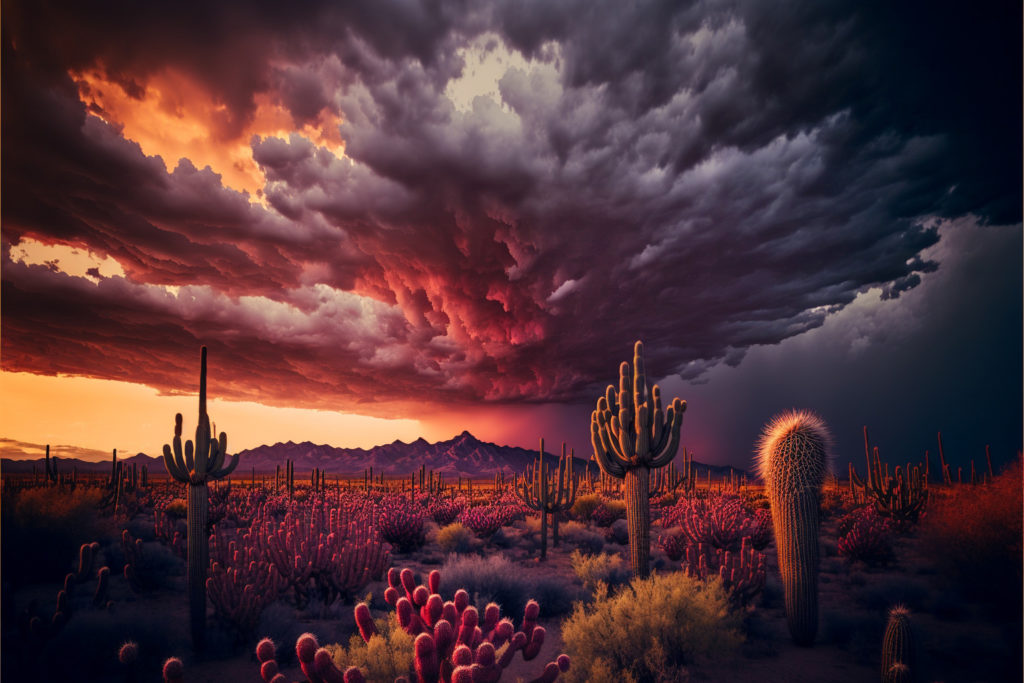
Every day millions and millions of explorers are experimenting with AI technology (including developing their best prompts for AI imaging). I’ve learned a tremendous amount over the last four months. The AI bots have learned even more because they are sourcing their instructions from millions of participants like myself. Every single day the machine learning model insures that the technology gets more and more powerful.
Not The Warmest Reception
Every new advancement in imaging technology that I’ve witnessed over the past 40 years has been met with resistance from established professionals in the industry. The “push back” on AI image generation is more passionate than anything I’ve ever seen.
What is truly ironic is that a lot of this hostility is being expressed by image makers that have already embraced a certain level of AI technology in their work. If you use a modern DSLR or mirrorless camera that has automatic focus or metering capabilities, you’re already employing AI technology.
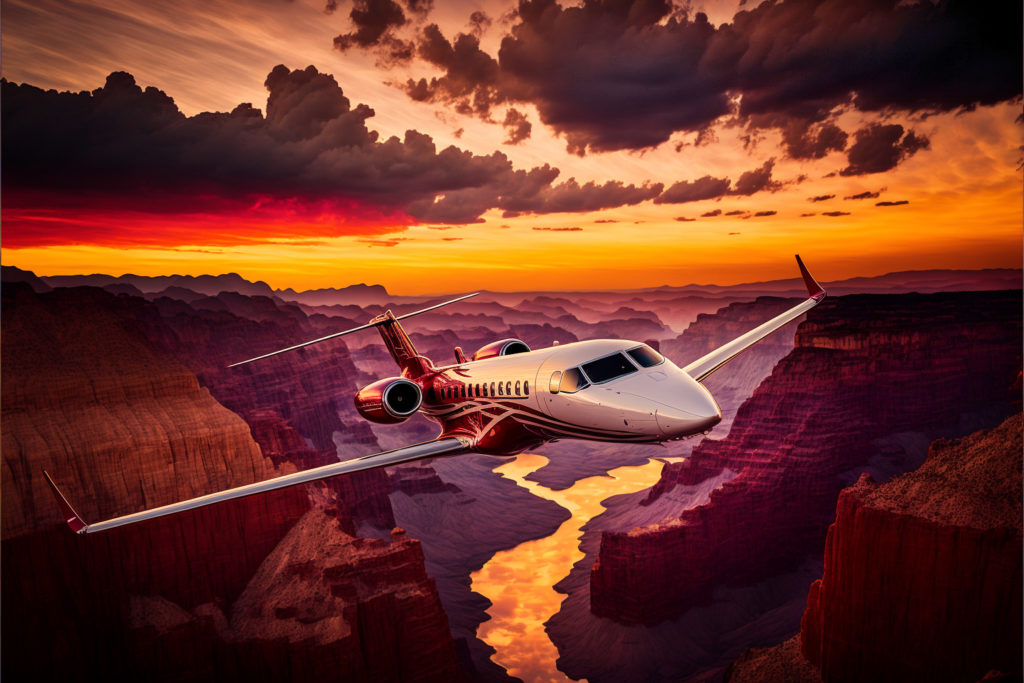
If you are using any post-processing software when editing and enhancing your digitally-captured images then guess what? You’re already employing AI technology. These hardware and software features we all know and love are based upon data sets stored in a digital camera’s processor or a software application’s code.
It’s Out Of Your Hands
It’s funny. The same people that are imploring the camera manufacturers to add more features to their image capture devices are the same ones that are making the most noise about the use of AI imaging technology. You can’t have it both ways, gang. AI technology is here and it’s here to stay. You can’t decide how much of it you want to use. The camera manufacturers and software developers have their hands on those controls. You can choose to embrace the new technologies, join the movement and charge forward into the future. Or you can stay behind as this exciting new world of creative imaging develops without you. The choice is ultimately yours.
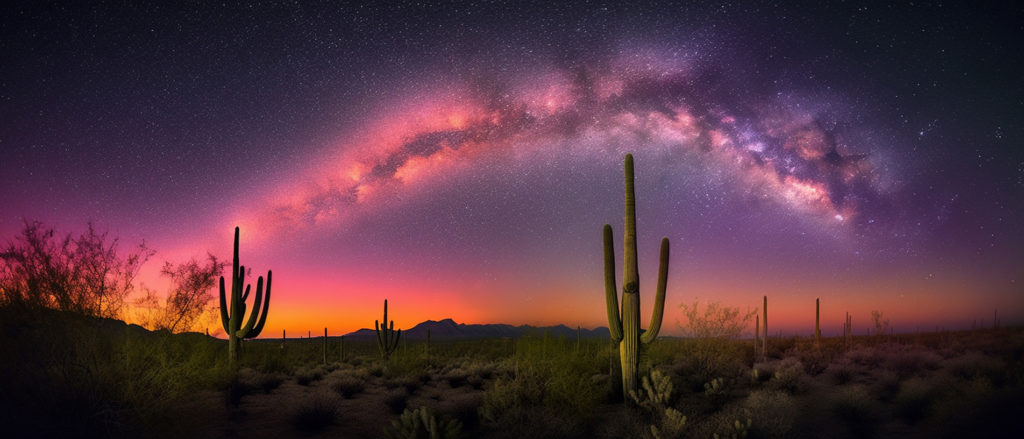
So let’s get into creating the best prompts for AI imaging. That is, after all, what you came here for.
Ignore Everything You Think You Know
It’s easy to get excited when you create your first AI “masterpiece”. You’ll post it on your social media and get lots of wonderful reactions. Then you’ll get that comment that has become the battle cry of all of the creatively-challenged individuals out there:
“What was the prompt you used?”
For you cynical photographers out there, this is the AI equivalent of someone looking at your finest photographic creation and saying “Wow. You must have a great camera!” Or “What were your exposure settings?” It really doesn’t matter now what you did when you created the image. If they weren’t standing by your side at the precise moment that you captured that killer image…armed with your artistic vision…the settings that you used are moot.

New Experts Arriving Daily
God bless the internet and the keyboard warriors that fuel the fires. I’ve visited dozens of AI-themed Facebook pages and forums. I’ve read what the “Group Experts” and “Valued Contributors” have to say. I’ve collected a little bit of valuable knowledge. Very little.
I’ve also discovered that entire online marketplaces have been created where people can buy and sell prompts. Kudos to the entrepreneurs that are cashing in on the AI phenomenon. People love the dopamine hit they get when their social media posts fill up with “likes” and admiring comments. They’re willing to pay a few bucks for an effective prompt, “create” an image of their own, and post it online to garner accolades. Cue up the inspiring music and the warm fuzzy feels.
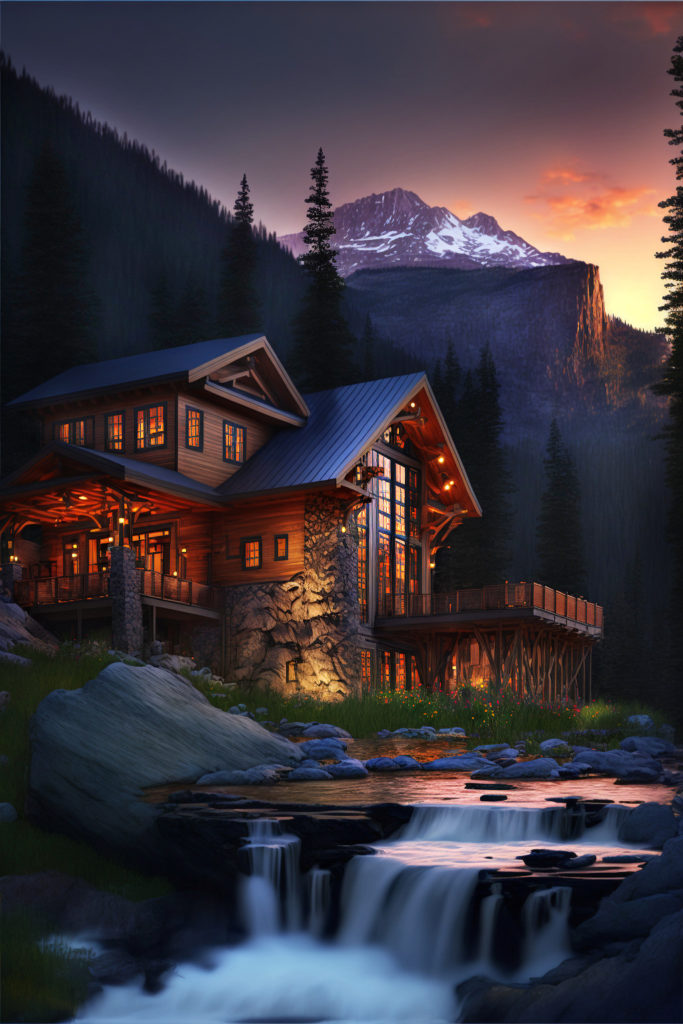
Just keep in mind that today’s best prompts for AI imaging will be obsolete tomorrow. Remember, the image generation bots are learning more and more every single day. Today’s perfect prompt will be obsolete before your masterpiece disappears from your social media timeline.
So What Are The Best Prompts For AI Imaging?
Just like conventional photographic capture, the best images are born in the imagination of the creator. Copying and pasting someone else’s prompt may deliver some instant gratification, but won’t deliver the satisfaction that comes with creating a unique piece.
First you must have a well-defined idea of what it is that you wish to create. Photographers have long referred to this as seeing the image in your mind’s eye first. As the legendary photographer, Ansel Adams, once said “The single most important component of a camera is the twelve inches behind it.”
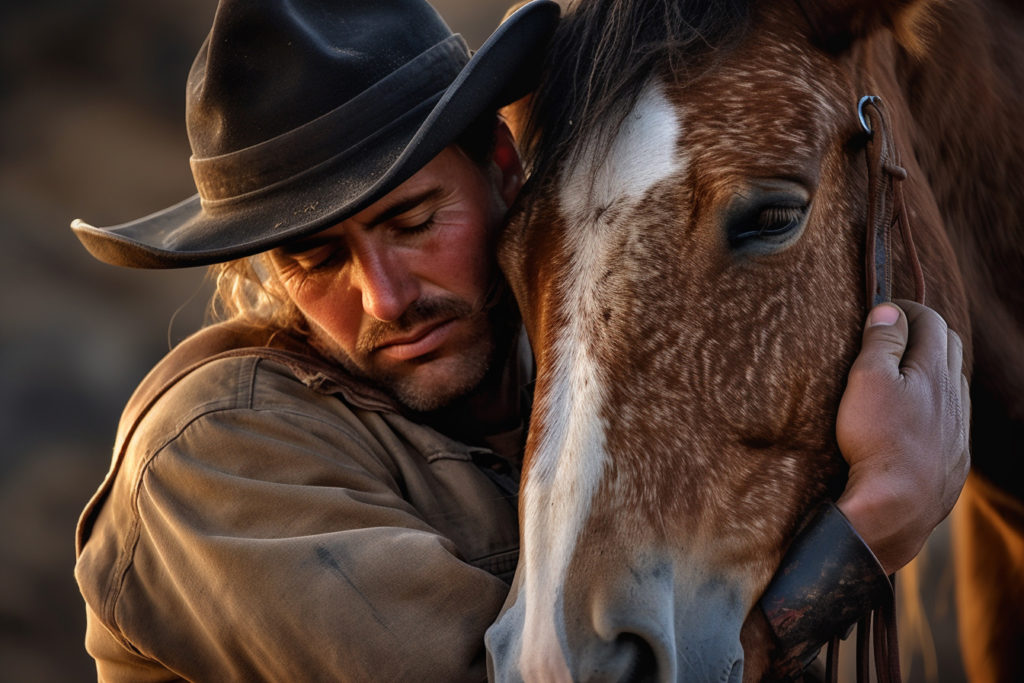
Personally, I like to create photorealistic scenics and portraits using the best prompts for AI imaging that I can generate in my own mind. No copy and paste for this guy. Sure, I started my AI journey along that route (and I recommend that as a good way to get your feet wet) but I’ve come to realize that my best work comes from prompts I’ve written that reflect my own personal style and emotions.
Stand Out From The Crowd
There are those “experts” on social media that will boast that they can create any image using ten words or less in their prompts. True, they can create any image, but will it be something special? Will it have visual impact? Will it generate an emotional reaction? Will it be unique? Probably not. It will just wind up looking like all of the other AI “art” that is flourishing in the online AI galleries. Yawn.
The current version of the Midjourney AI image generator that I use (v5) will accept up to 6,000 characters in your prompts. Use them. A lot of them anyway. My prompts tend to be 150+ words in length with some being as long as 275 words. The more information you can give the bot, the better your chances are for generating the image you see in your mind’s eye.
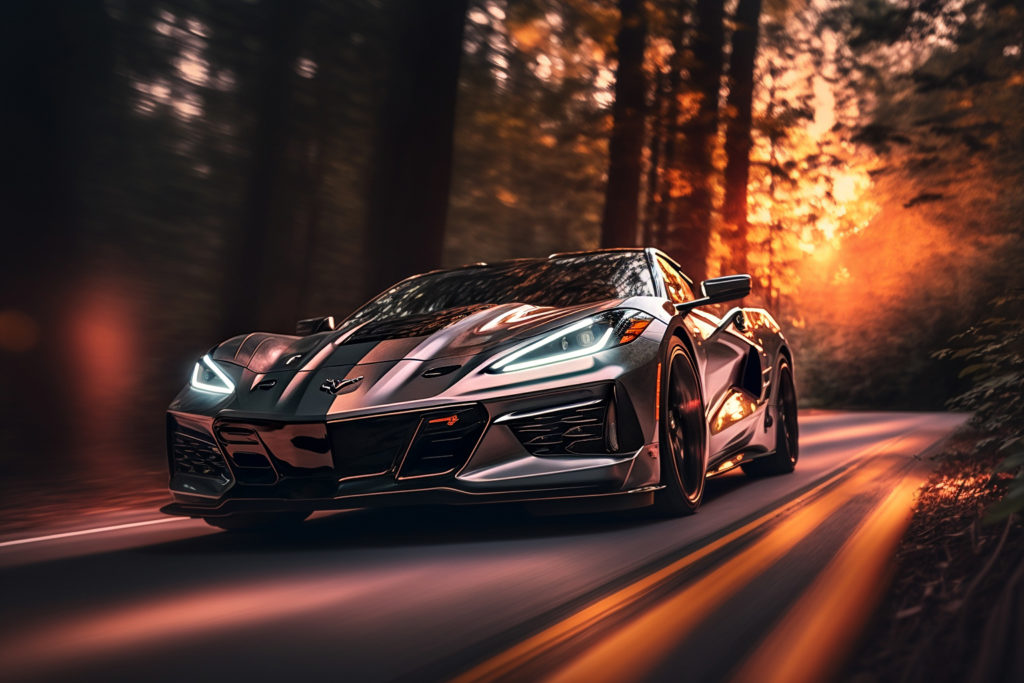
I’ve learned quite a bit in the few months I’ve been exploring the world of AI. I constantly remind myself that the AI image generators are learning every day, too. We’re still in the infancy of this revolution. It won’t be long before all of the faux-tographers and wannabe artists leave the scene for lack of enthusiasm, minimal creative fulfillment and inadequate compensation. Then AI imaging will truly explode. The machine learning algorithms will then be fed only by knowledgeable, qualified, creative, imaginative participants.
Fundamentals Are Everything
I use my 40 years of experience as a working professional photographer every single time I write an AI prompt. There are folks out there who stuff their prompts with photography “terms” with no regard as to why. It’s as if they went through a glossary in a photography instruction book and just copied every word into their prompts.
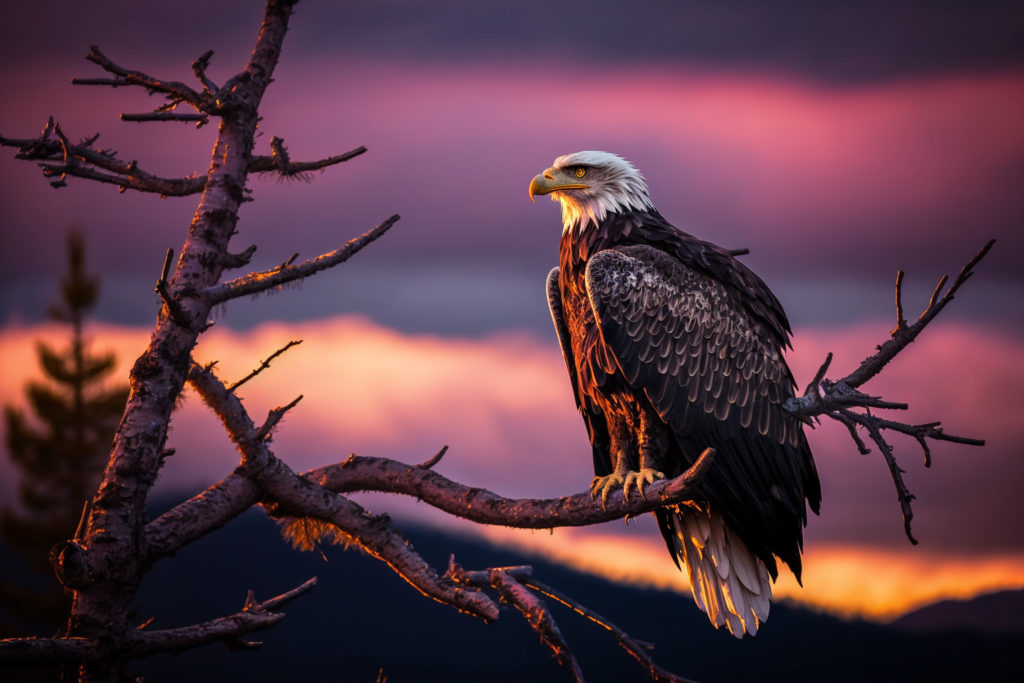
Some of it is really quite humorous. Their prompts include terms such as “chromatic aberration” (a defect in an image caused by unwanted dispersion of light). Are they asking their bot to intentionally include this problem? Prompts will say “DOF” or “Depth of Field”; but not tell the bot how they want that effect employed (Do you want a large depth of field or a very shallow one? It makes a huge difference, you know?)
Ignorance Is Bliss. Until It Shows
Then there’s the use of the word bokeh in prompts. Bokeh is probably the most misused/misunderstood term in photography yet it gets tossed around profusely. Bokeh refers to the way out-of-focus specular highlights are rendered in the background of an image. It is a function of lens design and I could write an entire blog post on the subject. I won’t. Simply stated: If you want your subject to be in focus and your background to be out of focus just say that. Those are the words you need to use when creating your best prompts for AI imaging.
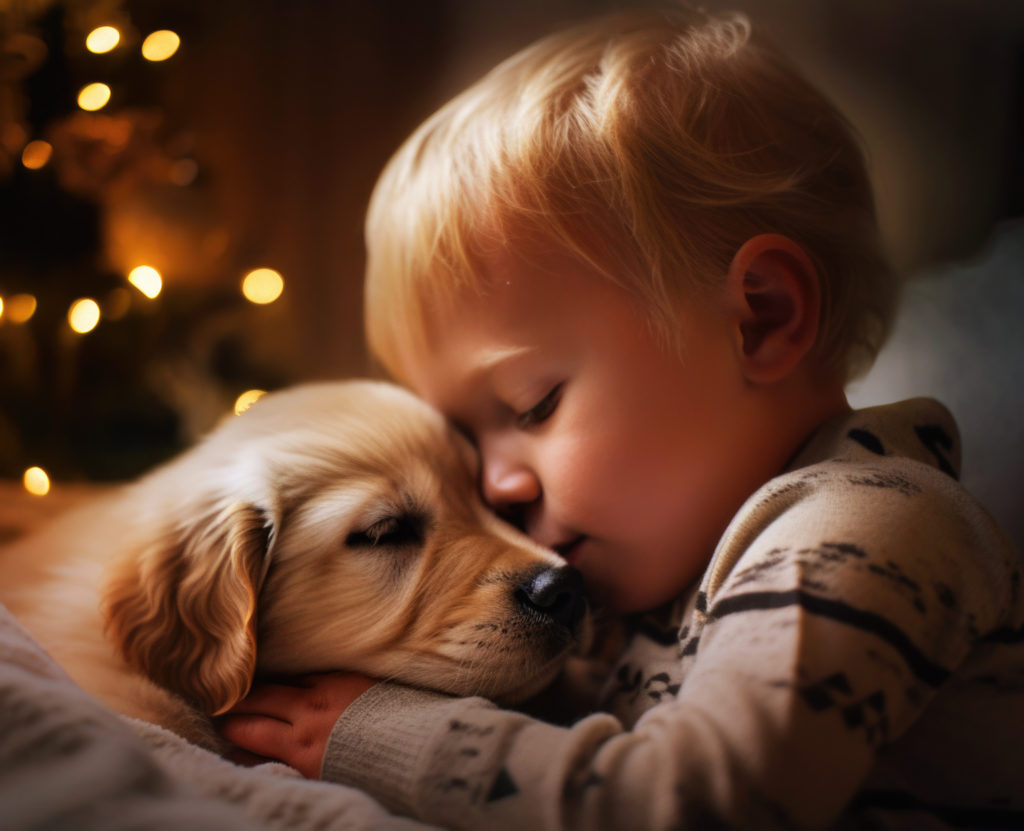
Don’t confuse your bot by using the wrong words; or using the right words the wrong way. Believe me, the bot is not impressed by your distinct lack of knowledge. Computers don’t do what you want them to. They do what you tell them to do. Give them good instructions and they’ll return good results.
What’s Next?
Every single image that was displayed in this feature was created using AI technology. There is not a single photographic capture amongst them. My choice of AI image generators is Midjourney which runs via the Discord app on my MacBook Pro computer. As far as photorealistic imaging is concerned I think that Midjourney delivers the finest results from my best prompts for AI imaging.
In the next post I’m going to “dissect” a few images for you. I’ll discuss the photographic fundamentals that went into creating a given image. Then I will share with you the prompts I utilized to get the image I saw in my mind’s eye beforehand. Until then; get your imaginations working on some new ideas. You’ll be creating extraordinary images in no time.
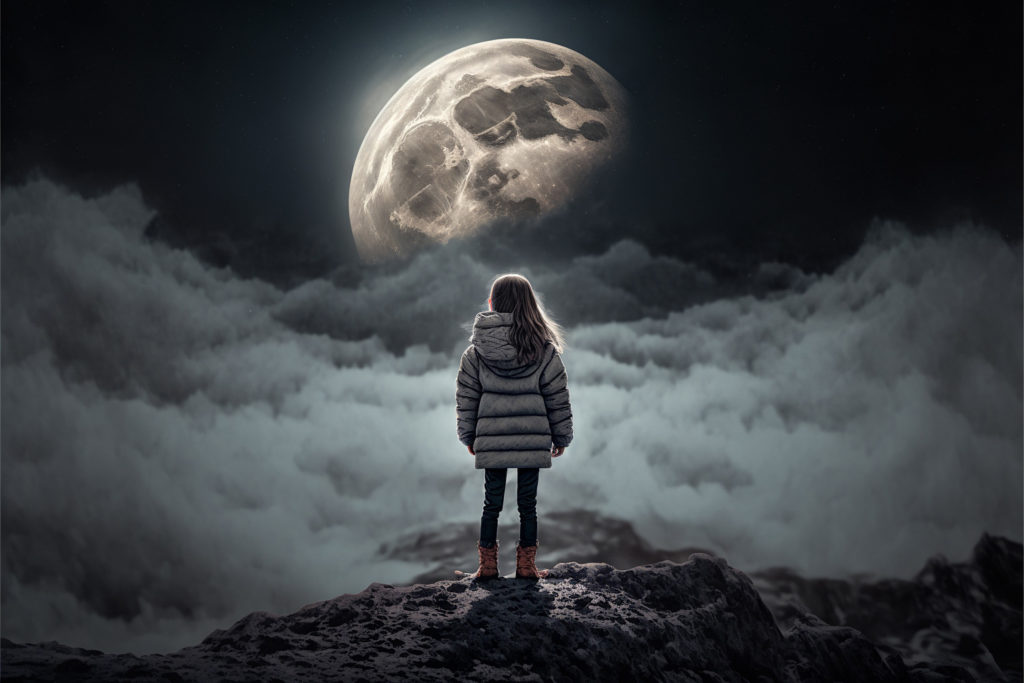
As always your comments are welcome below. If you have any specific personal questions you would like answered, please do not hesitate to contact me directly via email.
Click Here to view an interactive visual index page where you can quickly browse through all of the great features that are published on the Roadcraft USA blog. Be sure to subscribe to Roadcraft USA to stay up to date. We send out occasional email notifications when new features hit the blog.

